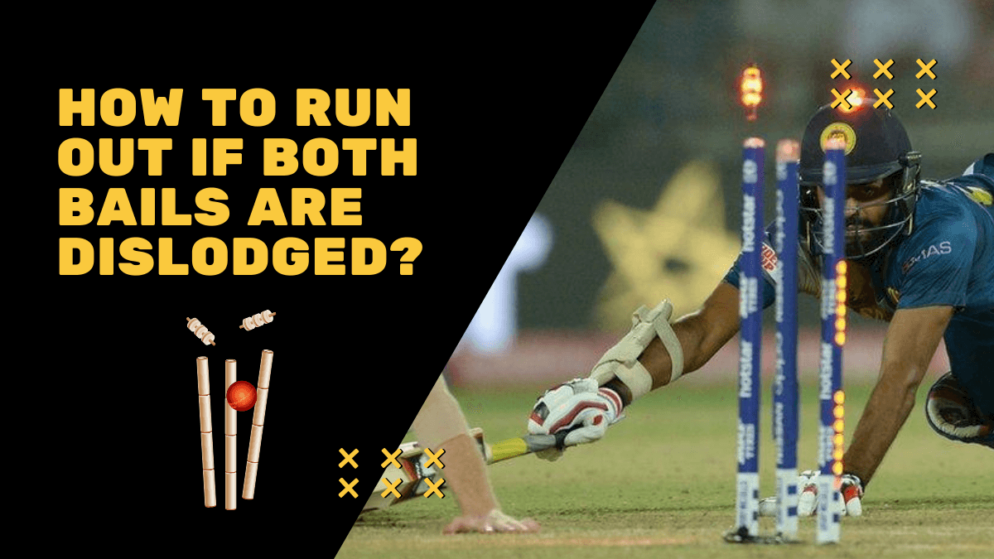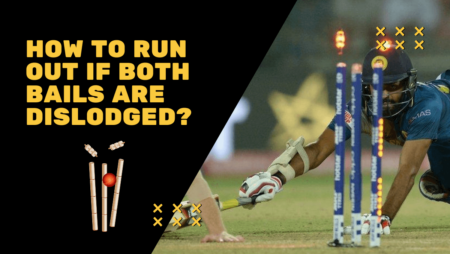

Batters in cricket are tasked with scoring runs. They hit those runs by hitting boundaries. However, a substantial portion of the run scoring that comes more easily is by running between the wickets. Each time batters cross the pitch and get through the popping crease, a run is added to the total.
The fielding side’s goal is to restrict those runs and take the batters’ wickets. The commitment of fielders in being active on the fields can restrict the flow of runs that can rather come easily by running between the wickets. Fielders particularly contribute to the wicket-taking by catching balls and inflicting run outs.
Run out is one of the modes by which a batter can be dismissed in cricket. It usually occurs by spontaneous fielding ability where the ball hits the stumps when the batter is outside the popping crease.
According to the laws of cricket by the Marylebone Cricket Club, the wickets or the stumps must be broken to successfully inflict a run out. Breaking the wickets means the act of dislodging at least one of the bails from the stumps.
There can be a scenario when the bails are dislodged due to a fielder’s throw but the batter was already inside the crease. After the ball hits the stumps it can ricochet away from the fielder near the stumps, thereby prompting the batter to run further due to overthrows.
If the fielder wishes to run the batter out at the end where the bails are already dislodged, the batter (outside the popping crease) can only be run out if the fielder near the stumps manages to uproot at least one stump with the ball in hand with which the stumps is uprooted. However, if only one bail was dislodged in the first hit, the second attempt of a run out can be considered successful if the second bail alone is dislodged.
A batter can thus be run out even in a second attempt, after the bails were dislodged from the first direct hit.




